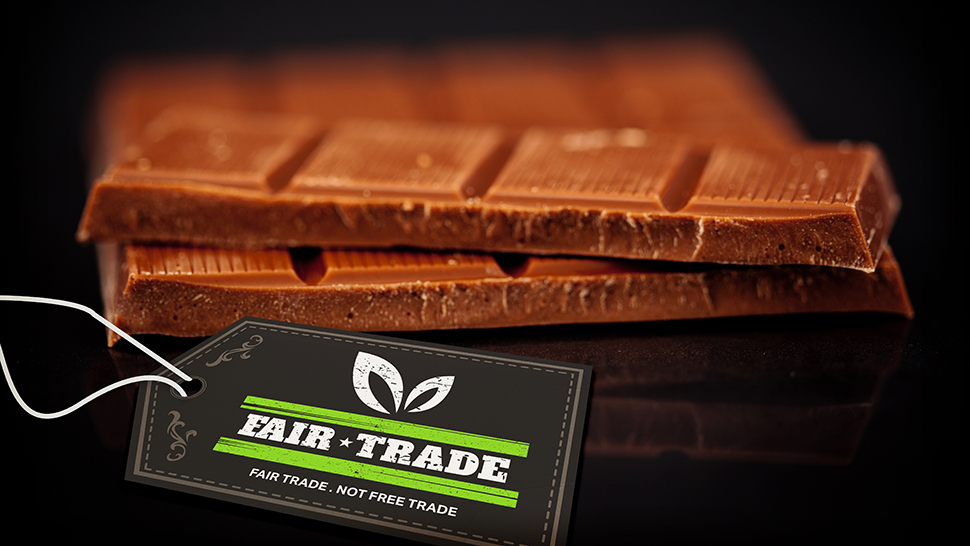
When shopping at the grocery store, you may have seen the Fair Trade label on products from chocolate bars to bananas. Or in your Bon Appétit café you may have seen Fair Trade tea or coffee. But what does Fair Trade really mean? October is National Fair Trade Month, so there’s no better time to learn more.
At its roots, the Fair Trade movement is about ensuring that producers of goods get a fair price for those goods. This is particularly important for agricultural communities that struggle with poverty and export their goods to wealthier regions or nations. Farmers and workers in these communities commonly face small profit margins, high market volatility, subpar working conditions, and unhealthy levels of pesticide exposure.
Fair Trade organizations use a market-based approach to alleviate some of these poverty-related problems through trade. To consumers, a Fair Trade certification communicates that the item in question was grown or produced in a more socially, economically, and environmentally sustainable way (and has undergone a verification process). To producers, Fair Trade standards support the community by offering price minimums to support farmers in unstable markets, providing frameworks for environmental sustainability, prohibiting child labor, and contributing premiums toward community development projects such as improving access to education and healthcare.
How do you know if a product is Fair Trade? Look for the Fairtrade or Fair Trade Certified™ labels.